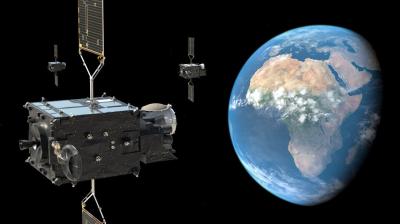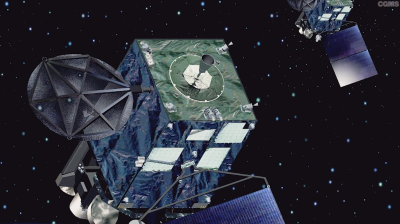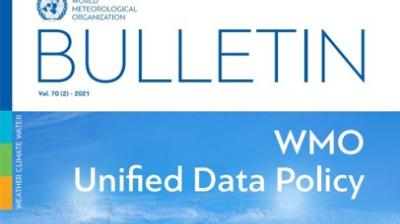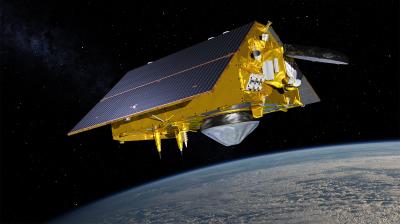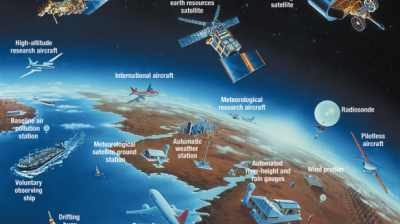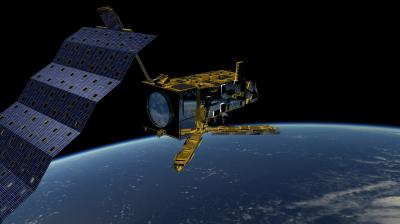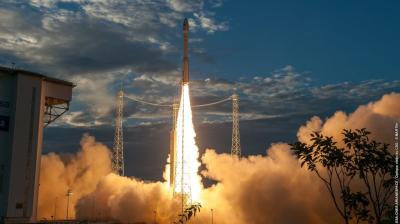Coordination Group on Meteorological Satellites meets
The space-based observing system is essential to the generation of weather, water and climate-related services and supports decision-making in key socio-economic areas. The number and capabilities of operational satellites that are part of this space-based observing system is growing and will continue to expand in the future.
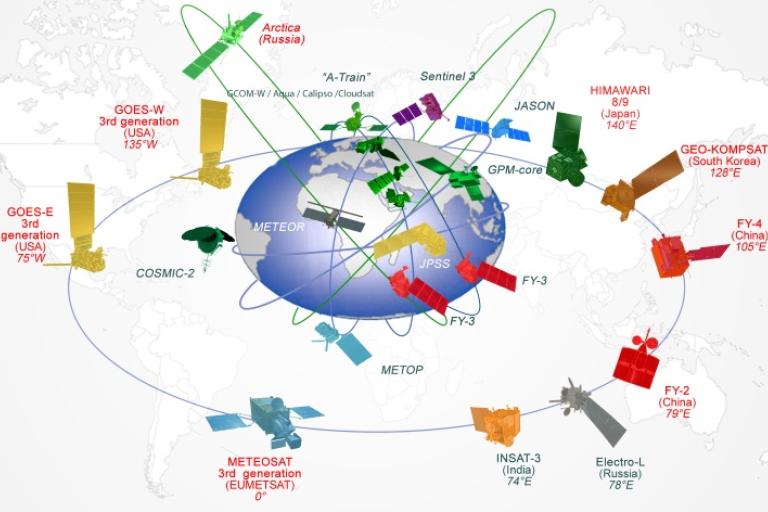
The space-based observing system is essential to the generation of weather, water and climate-related services and supports decision-making in key socio-economic areas. The number and capabilities of operational satellites that are part of this space-based observing system is growing and will continue to expand in the future.
To coordinate this worldwide system, the Coordination Group on Meteorological Satellites (CGMS) was established in 1972. Its main goals are to support operational weather monitoring and forecasting as well as climate monitoring.
The 47th session of CGMS took place from 19 to 24 May 2019 in Sochi, Russian Federation, hosted by Roshydromet/Roscosmos.
WMO participated, represented by the Observing and Information Systems Department through its Space Programme, by the WMO Integrated Global Observing System (WIGOS) and as co-sponsor of the Global Climate Observing System (GCOS).
 WIGOS is the framework providing the observational basis for all global weather, water and climate products and services generated by the WMO Members. WMO presented the current status of its long-term vision of the observing system, the Vision for WIGOS in 2040.
WIGOS is the framework providing the observational basis for all global weather, water and climate products and services generated by the WMO Members. WMO presented the current status of its long-term vision of the observing system, the Vision for WIGOS in 2040.
If approved by the 18th World Meteorological Congress in June 2019, this vision will serve to guide the development of both space-based and surface-based components of WIGOS in the coming years.
The development of an architecture for climate monitoring from space has been an important consideration for satellite operators. The implementation of such an architecture will be discussed by the forthcoming World Meteorological Congress and is based on input provided by all CGMS stakeholders. It will provide guidance for the continued implementation of the architecture which is now also reflected in the Vision for WIGOS in 2040.
The ultimate goal of these discussions is to establish an operational climate monitoring capability in support of the Paris Climate Change agreement, based on the observational requirements established by the Global Climate Observing System.
WMO further introduced its plans for the Global Basic Observing Network, which represents a substantial strengthening of the international exchange of conventional, surface-based observational data acquired from the surface. This is deemed to be of high relevance also to CGMS, and the group discussed ways in which it might offer an analogous commitment to WMO regarding continued open and unrestricted access to critical satellite data in support of global numerical weather prediction.
The emerging WMO policy framework for public-private sector engagement, which takes into account the growing and changing role of the private sector in the global weather enterprise, was also discussed
The Global Climate Observing System provided a briefing on future plans to enhance and continue climate observations in order to fully monitor the Earth`s water and carbon cycles, energy balance and biosphere. GCOS has started its 4th assessment cycle and is planning to revise its status report in 2021 and its current implementation plan in 2022.
WMO is also working with CGMS to coordinate space weather observations. Space weather is primarily caused by events on the sun that produce solar radiation and particles that affect the upper atmosphere and magnetic field of the Earth. These interactions can have significant impact on space- and ground-based infrastructure, with the potential to cause considerable economic losses. It is therefore desirable to advance efforts towards practical reliable space weather forecast services. WMO reported on the achievements under the Four-year Plan for WMO’s Coordination of Space Weather Activities 2016-2019 (FYP2016-19) and presented the new “Four-year Plan for WMO Activities Related to Space Weather (FYP2020-23)”.
Other important issues were brought to the attention of the Plenary, included:
- the coordination of CGMS activities with the WMO Information System,
- applications for agricultural meteorology,
- the harmonization of rapid scan services provided by a number of satellite operators in support of the tropical cyclone community,
- needs for satellite-based bathymetry
- The WMO-CGMS Virtual Laboratory for education and training in satellite meteorology and plans for capacity development, in particular in developing countries, to promote the use of satellite data and products in support of implementing global development agendas.


